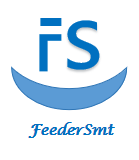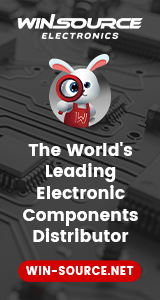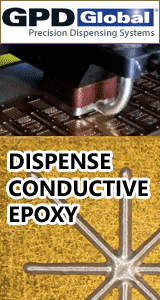Electronics Manufacturing Technical Articles
Papers and articles related to SMT, PCB & EMS industry.
- SMTnet
- »
- Technical Library
1882 SMT / PCB Assembly Related Technical Articles

The Murray Foundation's purpose is, for the public benefit, to advance education, to encourage and support dissemination of research and technical information in the area of environmental processes.
Liverpool, Lancashire, Ethiopia
Often referred to as "The Idea Factory" or "The Crown Jewel," Nokia Bell Labs has an unparalleled history of innovation output. Researchers at Nokia Bell Labs have been behind or involved in nearly every critical technological mil
New Providence, New Jersey, USA

Producer of bonding, dispensing and potting solutions with outstanding expertise in automation. As part of the Atlas Copco Group, we have a worldwide sales & service network and access to the Group's extensive technology portfolio
Kennesaw, Georgia, USA

Aqueous Technologies Corporation
Manufacturer of automated defluxing/cleaning equipment, cleanliness testing equipment, and stencil cleaning equipment.
Corona, California, USA

Hentec Industries, Inc. (RPS Automation)
Hentec Industries, Inc. designs and manufacturers high quality precision machines for use in selective soldering, lead tinning, and solderability testing applications.
Newman Lake, Washington, USA

Producer of bonding, dispensing and potting solutions with outstanding expertise in automation. As part of the Atlas Copco Group, we have a worldwide sales & service network and access to the Group's extensive technology portfolio
Kennesaw, Georgia, USA

Fairstock hk limited is a leading certified stocking distributor and outsource procurement services provider specializing in the supply and material management of commercial level electronic components for OEMs.
Hong Kong, Greece

FS Equip Co.,Ltd is a trading company for SMT industrial in China,Own HK subsidiary,with more than 16 years experience and a professional team.FS mainly supply placement SMT&TH machines(axial-radial) and spare parts consumables.
Shenzhen, China

MIRTEC has earned a solid reputation as one of the most Progressive and Dynamic Suppliers of Automated SMT Inspection Equipment to the Electronics Manufacturing Industry.
Oxford, Connecticut, USA

Institute of Electrical and Electronics Engineers (IEEE)
IEEE is the world's largest professional association dedicated to advancing technological innovation and excellence for the benefit of humanity.
Piscataway, New Jersey, USA
Pages: 1 2 3 4 5 6 7 8 9 10 11 12 13 14 15 16 17 18 19 20 21 22 23 24 25 26 27 28 29 30 31 32 33 34 35 36 37 38 39 40 41 42 43 44 45 46 47 48 49 50 51 52 53 54 55 56 57 58 59 60 61 62 63 64 65 66 67 68 69 70 71 72 73 74 75 76 77 78 79 80 81 82 83 84 85 86 87 88 89 90 91 92 93 94 95 96 97 98 99 100 101 102 103 104 105 106 107 108 109 110 111 112 113 114 115 116 117 118 119 120 121 122 123 124 125 126 127 128 129 130 131 132 133 134 135 136 137 138 139 140 141 142 143 144 145 146 147 148 149 150 151 152 153 154 155 156 157 158 159 160 161 162 163 164 165 166 167 168 169 170 171 172 173 174 175 176 177 178 179 180 181 182 183 184 185 186 187 188 189








